Mischief Maker’s Mini-Review Roundup, Autumn 2021

Been a while since I did one of these, but I bought a few games recently. So thoughts:
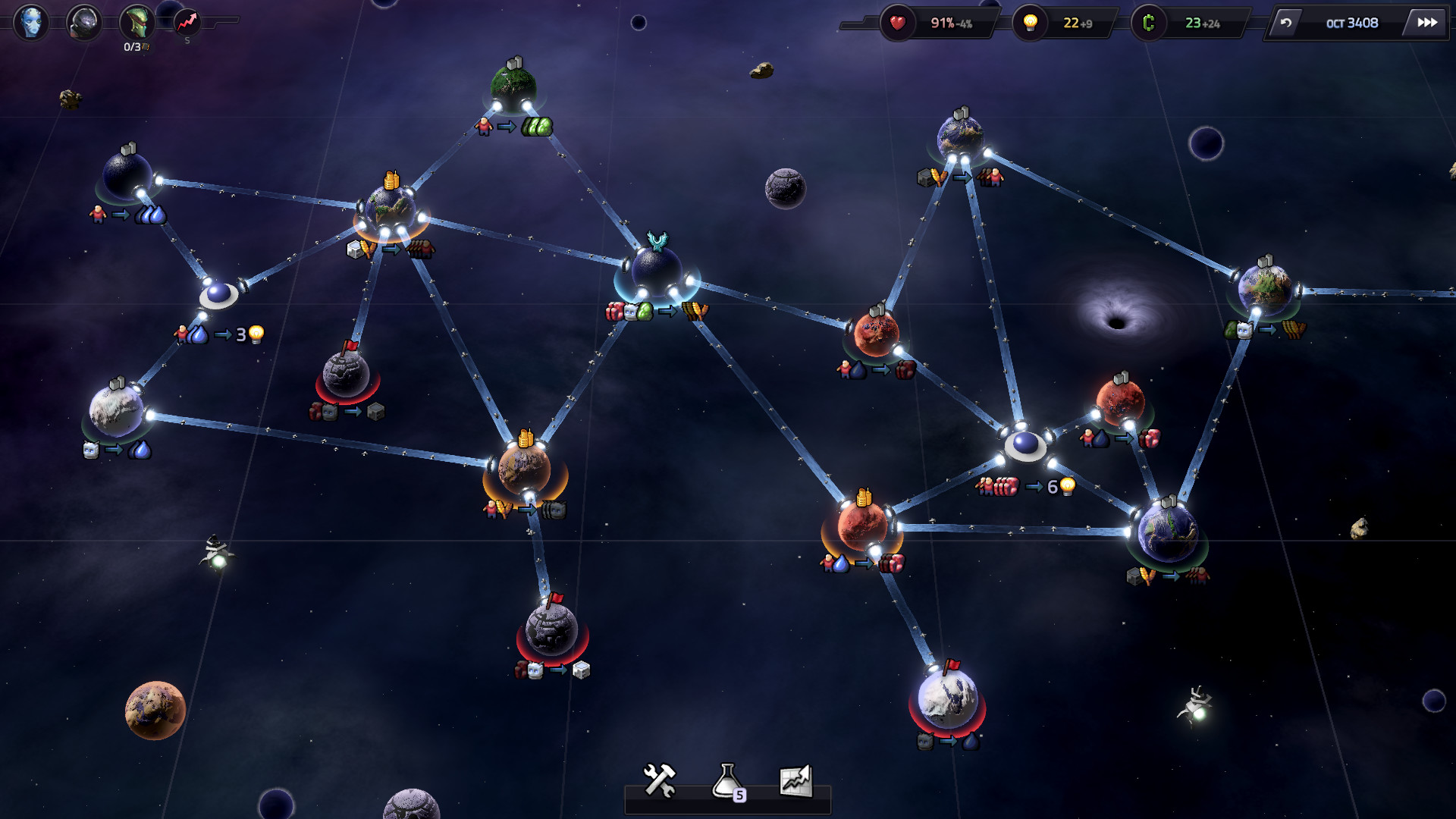
Wonderful strategy/puzzle hybrid based on the “early game” of a space 4X that sees you peacefully colonizing an infinite galaxy by colonizing planets then building faster than light gates between them to satisfy trade demands, with the goal being to create the most prosperous civilization you can within 25 years.
I can’t say enough good things about this game. It has a zillion overlays to clearly communicate what can be built where and for what at a glance (protip: the Alt key is your friend!) and the whole drag-to-link interface will see you creating a galaxy-spanning trade empire in minutes. Add to that a whole science research system that unlocks crazy new ways to connect and exploit (and occasionally explode) the planets of the galaxy. And unless you scan new planets, you can undo every move in case you colonize yourself into a corner by mistake.
I honestly can’t come up with any complaints about this delightful game, it’s my top contender for 2021 Game of the Year. Highly, highly recommended!
(More games after the break!)
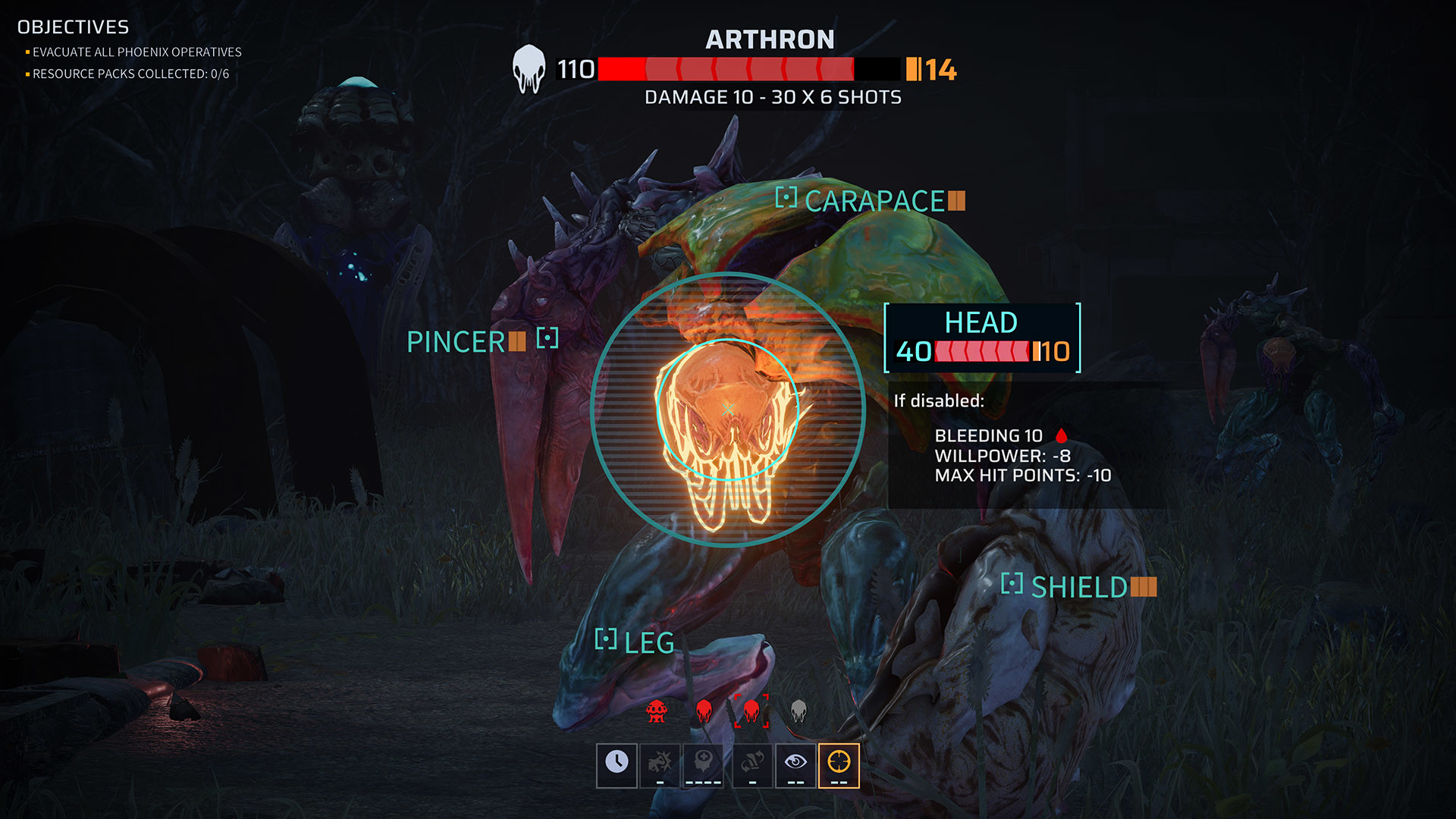
In the wake of Firaxis’ (mostly) successful X-COM reboot trilogy, original X-Com creator Julian Gollop made a turn-based squad tactics game that delivers on gameplay innovation where it lacks Firaxis’ AAA production values.
The premise is in the near-future global warming melts the polar icecaps and releases a super virus that causes most of the planet’s population to wander into the seas where they mutate into hideous Lovecraftian monstrosities, whose return to conquer the surface is heralded by an eldritch mist rising from the sea. In other words, the game X-COM: Terror from the Deep should have been!
The biggest and most consequential innovation is instead of rolling abstract “to-hit” dice rolls for attacks, your soldiers shoot simulated moving projectiles within a clearly marked spread cone. The player can auto-fire at center mass, or can manually aim in mouselook mode to target specific body parts — injure a leg to slow them, destroy their main weapon so they can’t shoot, disable psychic powers by causing targeted brain damage, etc. Compared to “your 95% to-hit shot missed because the dice say, fuck you,” in Firaxis XCOM, I’m never going back.
Like I said, it ain’t a bombastic AAA cinematic production like Firaxis XCOM, it’s about as dry as the original DOS games, just shinier. Also for some dumb reason they used the virgin Unity engine instead of the Chad Unreal, so expect longer-than-normal load times. The game was originally released as an Epic Store exclusive and in a dire state, for which it will forever be hated by vengeful nerds, but in its current state (Ambrose patch + Festering Skies DLC) I’m having a ball.
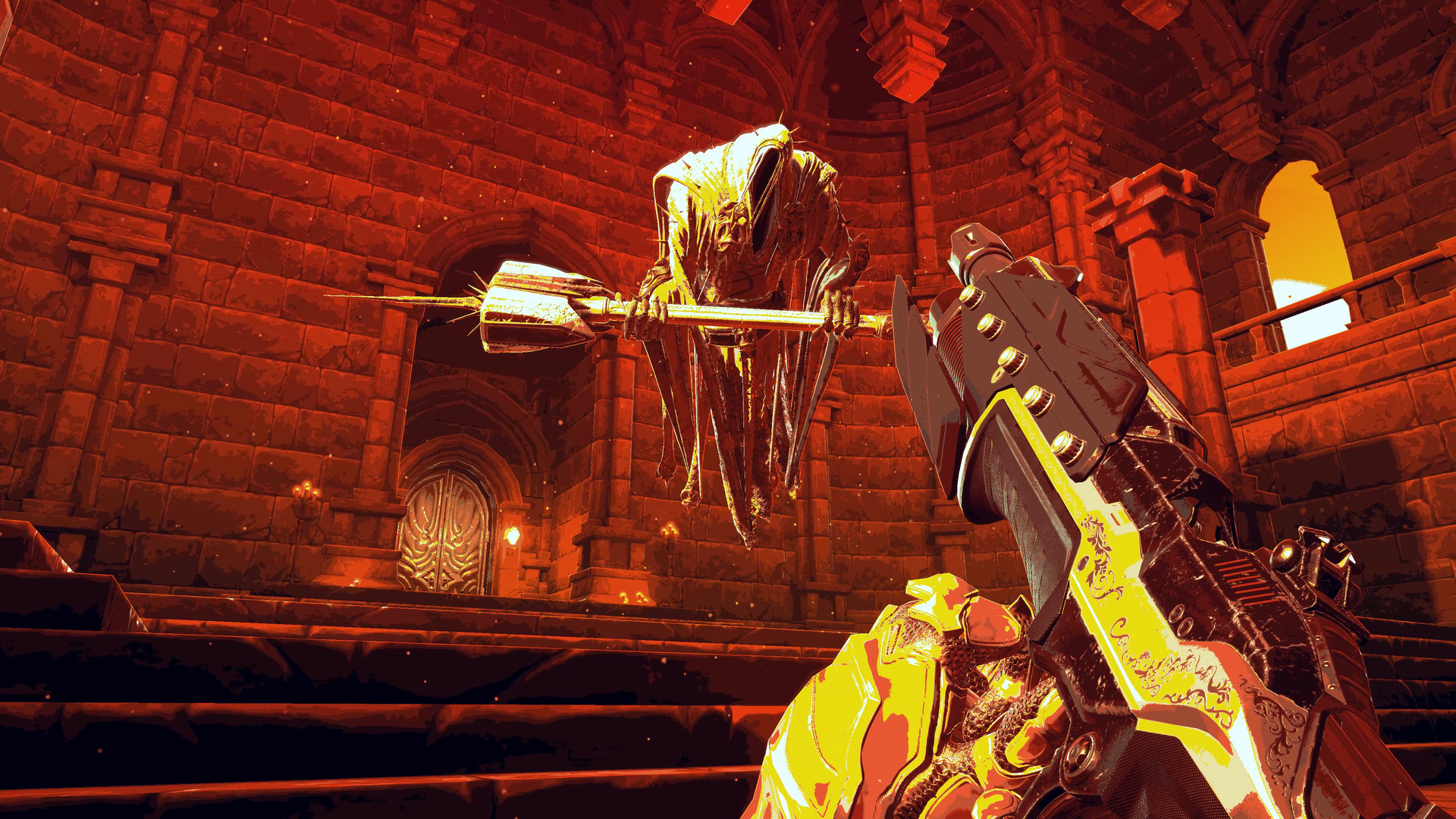
It’s a roguelite movement FPS with the conceit that you and the enemies can only shoot or reload on the up or downbeat of the music, as indicated by the crosshairs. It can be super frustrating if you’re not in the right mood, but if you approach it with the idea that you’re adding a freestyle percussion accompaniment to the song through the application of violence, it makes for a truly unique experience.
The premise is you’re a Valkyrie fighting through the Viking afterlife to defeat Nidhogg, the dragon of Ragnarok, armed with futuristic firearms and magic spells. The presentation of the game is in a heavily stylized monochromatic look that reminds me of The Dark Spire, one of the most visually striking games on the Nintendo DS.
My main complaint is the roguelite random equipment makes way too much of a difference. Certain item combinations render the timing element irrelevant (minigun + unlimited ammo shield) and I would say that success in this game is only 60% skill, 40% RNG.
Also give the OST a listen before buying because the entire experience revolves around it (reminds me of the Black Knight 2000 pinball machine soundtrack).
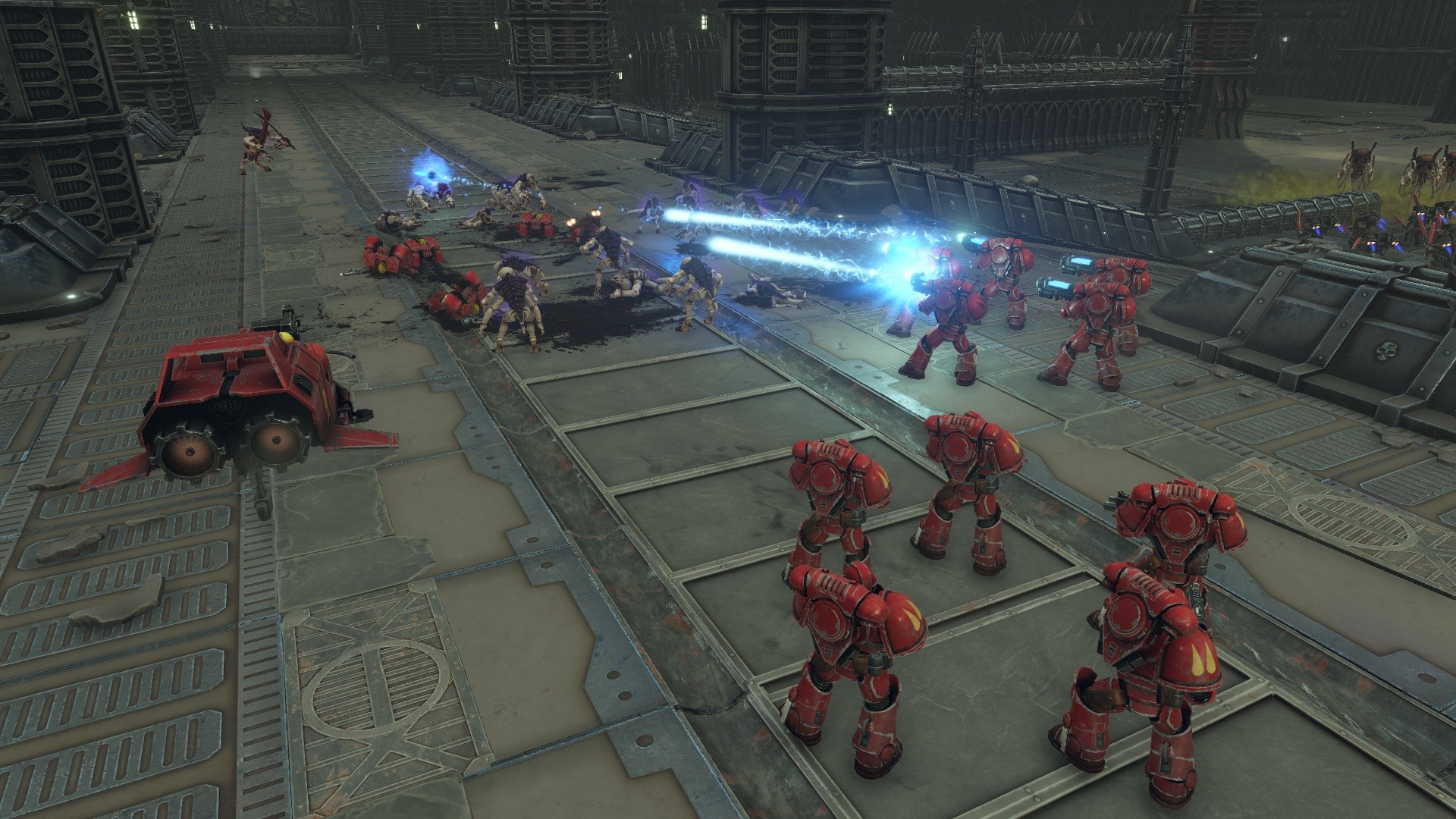
In a world where Sanctus Reach didn’t exist I’d be over the moon about this squad-sized tactics game in the style of the tabletop game. But aside from production values, everything Sanctus Reach does is bigger, with units ranging from tiny swarms of gretchen up to mech-sized Imperial Knights and Gorkanauts, while the biggest unit in Battlesector is a normal Predator tank.
It also lacks random missions, just 20 scripted missions and 8 skirmish maps. Also units don’t earn veteran status and are completely expendable.
It’s getting review-bombed over on GOG because they linked to a boilerplate disclaimer about the telemetry data that all Unity games collect (which you can opt-out of) and GOG customers are insane.
If Battlestar Galactica: Deadlock (by the same developer) is any example, this could become something special in a year or so with DLCs and rules adjustments, but right now (initial release build) it’s in this weird nether-realm between the intimate squad tactics of Phoenix Point and the gigantic armies of Sanctus Reach and lacks the strengths or either.
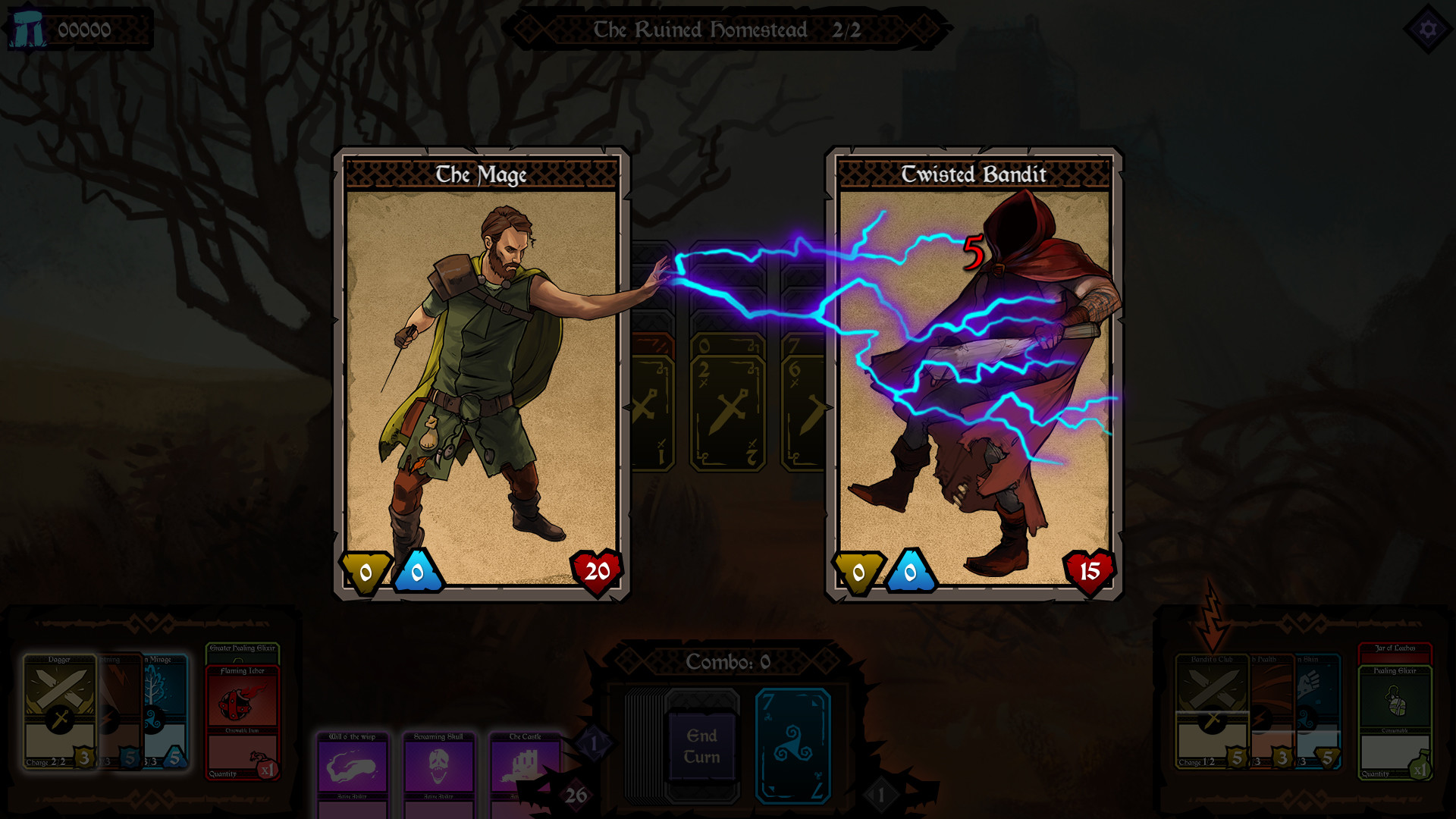
A spiritual sequel to Shadowhand that sold way better and I can not for the life of me figure out why. It’s inferior in every way. It’s a puzzle-quest-style battle RPG where you charge up your attacks by clearing cards out of a Pyramid-style solitaire game.
Everything about this game is inferior to Shadowhand. The gameplay is shallower, the art and story are boring, no complicated paper doll equipment system that has your heirone slowly turning into some kind of lunatic street pimp, and worst of all no heaving tits in corsets.
The major gameplay change from Shadowhand is you and the opponent are no longer drawing cards from the same card pile. Only you draw cards, the enemy performs clearly signaled actions that execute on a timer. Which means you can no longer fuck your opponent by leaving them with a weak hand to gain the advantage. While you no longer have the frustrating experience of watching the enemy clear a super-long run, success still feels as RNG-dependent as the original.
If you think you might like Ancient Enemy, I highly recommend Shadowhand instead. Seeing the lesser game with a male protagonist outsell the better game with a female protagonist makes me think Anita Sarkeesian was right after all.
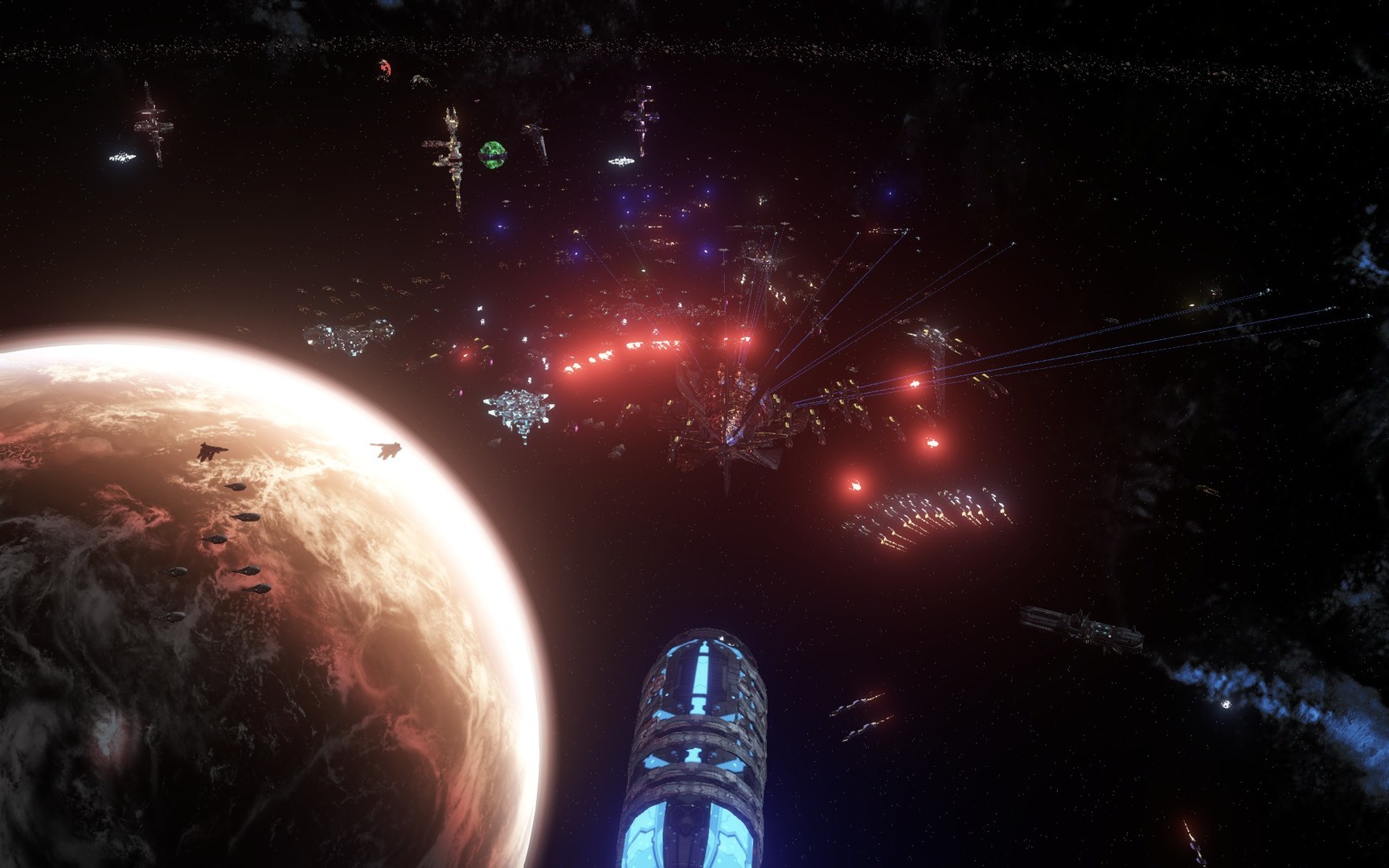
I finally “get” this game, although that has more to do with radical improvements they made to the systems and interface last spring than any lightbulb moment on my part. AI War 2 is patched so often, it renders the distinction between early access and release meaningless. It’s a super-streamlined RTS where you fight an asymmetrical war against an enemy who already conquered the galaxy, the closest analogues being Sorcerer King and Infested Planet.
Your goal is to build a fleet powerful enough to successfully invade the AI core system and destroy its final superweapon. The galaxy is strewn with goodies, but each goodie you steal pisses off the AI and gives it technological and economic boosts in response (lore-wise the AI is diverting military resources from the war it’s fighting against aliens outside the galaxy to bolster the rearguard you’re fighting a guerilla war against), so the loop is a careful risk/reward balancing act where you try to get strong, but not TOO strong.
Meanwhile independent subroutines of the AI are constantly probing your defenses and the game becomes almost free-form tower defense as you try to create the perfect defensive line of towers to take out regular waves of invaders while your main fleet is off in the far corners of the galaxy treasure-hunting.
If you want a game that truly shows off the capacities of your multi-core CPU, it’s hard to go wrong with AI War 2. Just keep in mind the real game doesn’t start until you crank up the AI difficulty to level 7.

Battlesector was something I’d been looking forward to for months, this was something I grabbed for $5 on a whim, but damn if I’m not having more fun with this mobile-port tactics game than Battlesector.
It’s a puzzle/SRPG hybrid where you do isometric turn-based combat on a random grid of colored squares. You can move your dudes an unlimited distance so long as all the squares are the same color. The longer line you can trace on the grid, the more you power up your attack. Also each (of four) colored squares charges up a corresponding special power. PROTIP: enemies share your limitation of only being able to transverse one color at a time, you can use that to stay out of their reach.
The biggest complaint about the game comes from its mobile game roots. You have a super ability that at first requires 10 power tokens to charge up, but you can only get a maximum of 3 tokens per fight, requiring a lot of replaying maps (or presumably paying for tokens on your phone). Fortunately after a few early missions you unlock the ability to replay past maps at any time if you missed side objectives that required use of the super ability.
Cheap, surprisingly fun, and all the DLCs are included at this point.

My personal favorite of the deck-builder follow ups to Slay the Spire. I would say if you love Slay the Spire, but want its single player deckbuilding gameplay married to a more Magic the Gathering-style of combat, get Monster Train. If you love Slay the Spire, but wanted even more of an RPG-feel to the gameplay, get Tainted Grail: Conquest.
The premise is King Arthur ordered a disastrous invasion of the magical Isle of Avalon with apocalyptic results, and his subjects are now trapped in a purgatorial nightmare where the mists of Avalon manifest their dreams and nightmares in equal measure, turning them into twisted mutants. You play an amnestic soul tasked by the Grim Reaper to manifest in this realm over and over as one of 9 different classes, with the intent of killing those responsible for this apocalypse while saving the souls of people lost to the madness of the mists.
The gameplay is split into two main parts. The combat is very much like Slay the Spire, but with lots more proc effects, and I love procs in my RPG battles! Instead of randomly collecting relics that define your build, you buy and equip runestones of 3 different tiers of power with significant effects like dealing auto-damage to all enemies at the end of a round or life-draining powers. There are 9 classes to play in total, but they’re three variations of fighter, archer, and summoner apiece.
The overworld half of the game has you wandering a random map in 3rd-person full of NPCs guarded by monsters. Many NPCs have quest-lines that require multiple playthroughs to solve, but as you solve their quests they become permanent vendors in your home-base village, or turn into more profitable random encounters in the mists. Akin to Darkest Dungeon’s light mechanic, you push back the magical mists in the overworld with a limited supply of magic candles. Fight battles at high light levels and you will occasionally spawn no-cost bonus cards in your hand, while at low light you’ll spawn high-cost cards with dire effects if you don’t waste your energy playing them.
It’s a wonderful satisfying game with a tremendous feeling of power once you get a strong build going. Perhaps it’s easier than Slay the Spire, but I’m having more fun. Apparently there’s a full RPG version of the game coming out in early 2022, as well as a board game.
Comments? Join us on the forum.
![]() Mischief Maker
Mischief Maker





